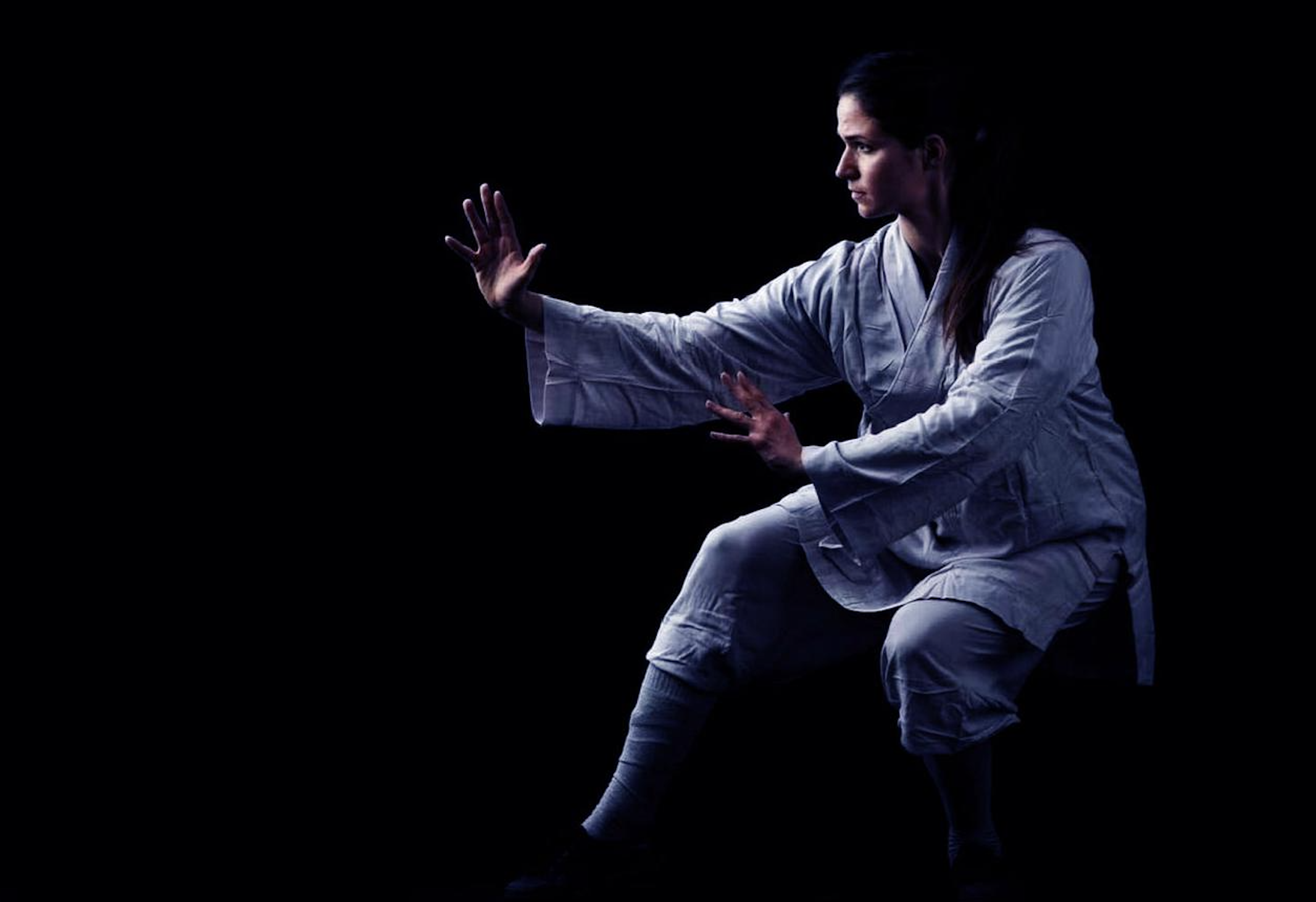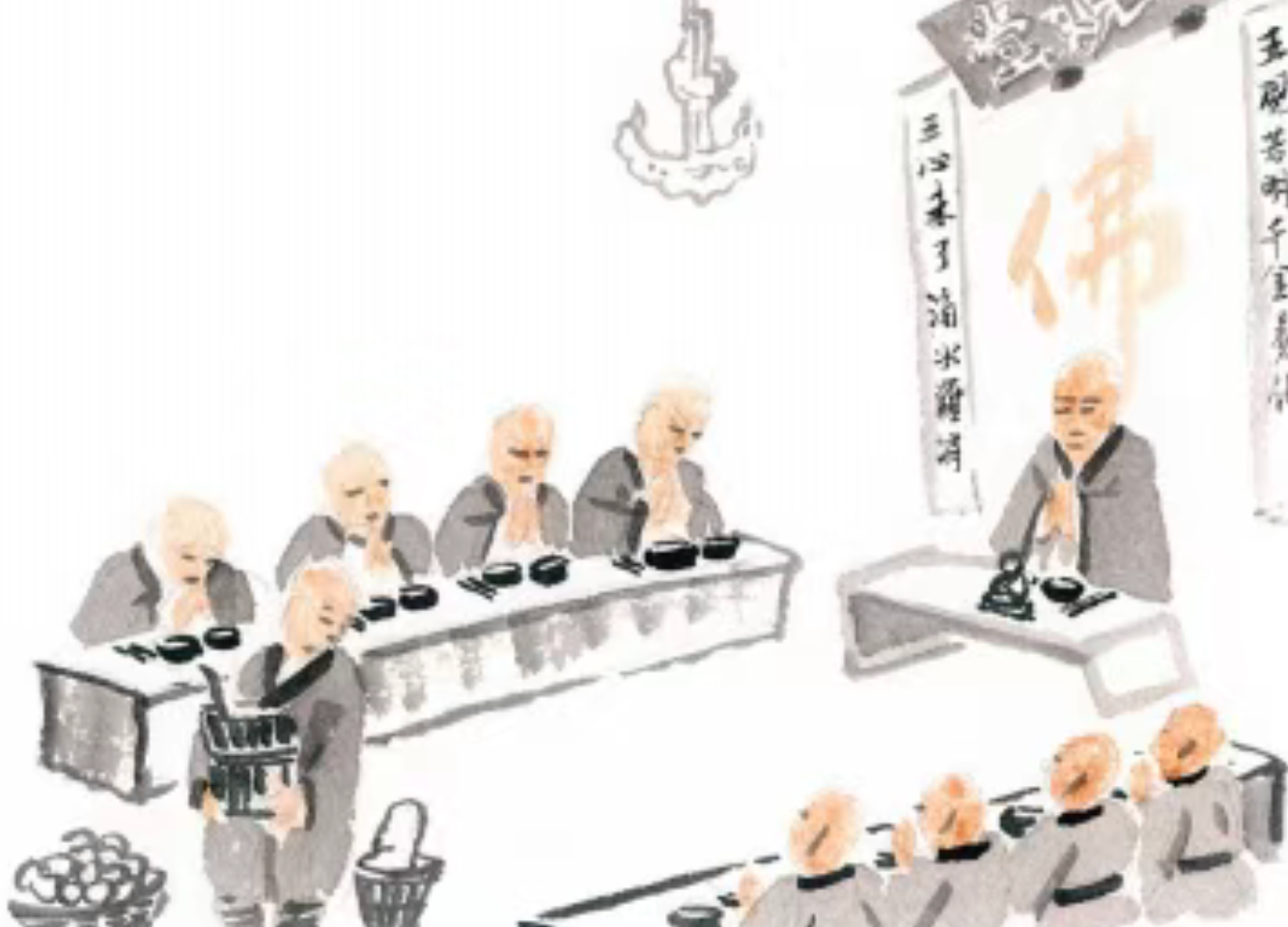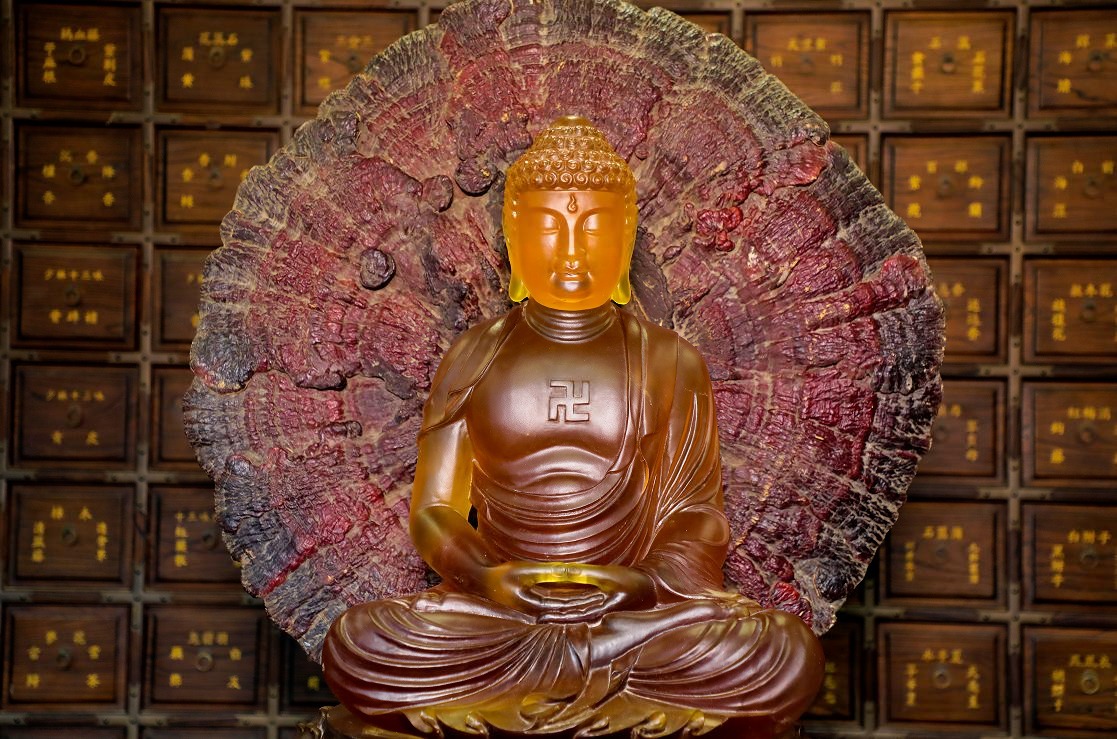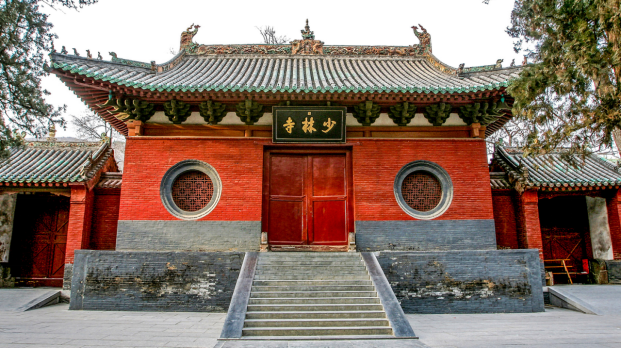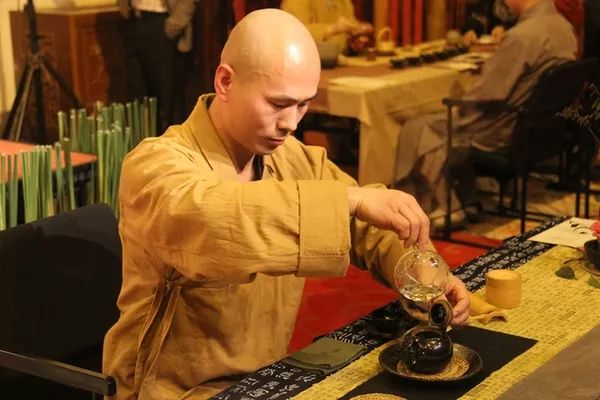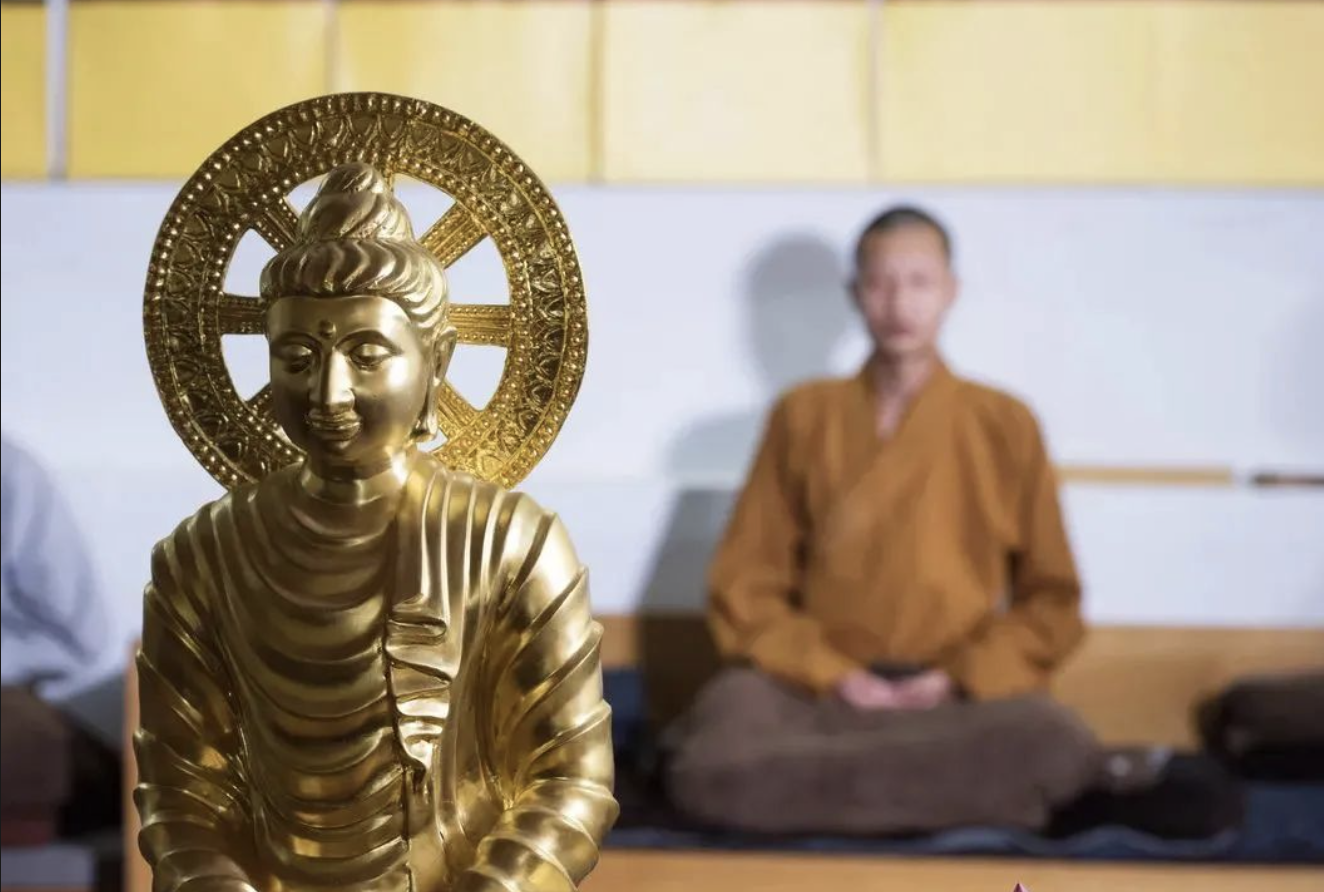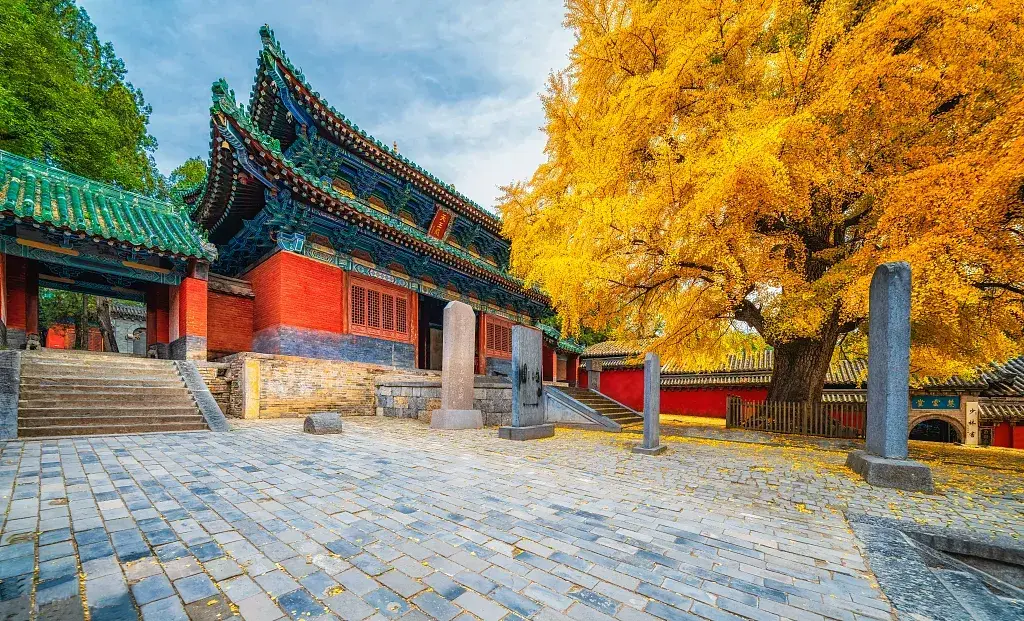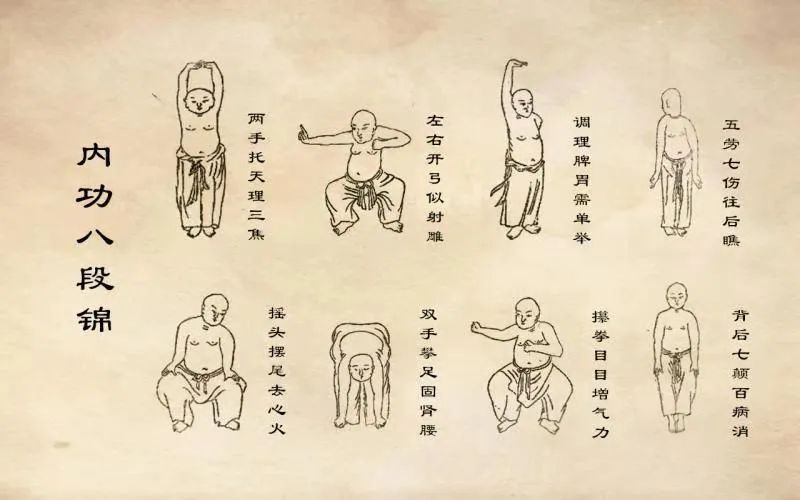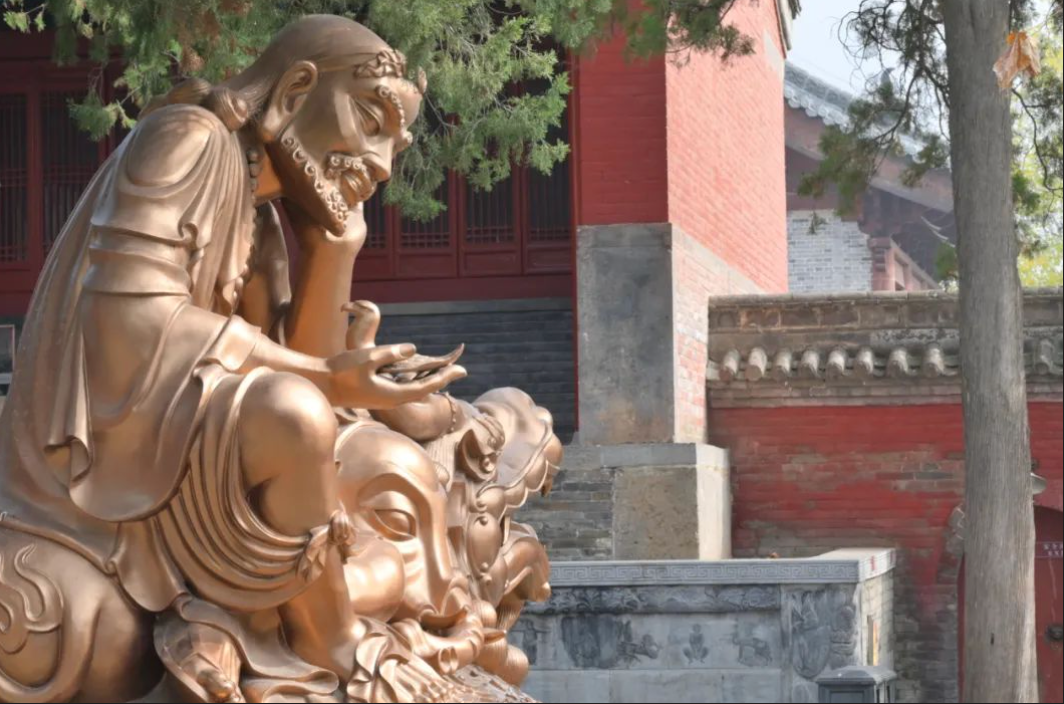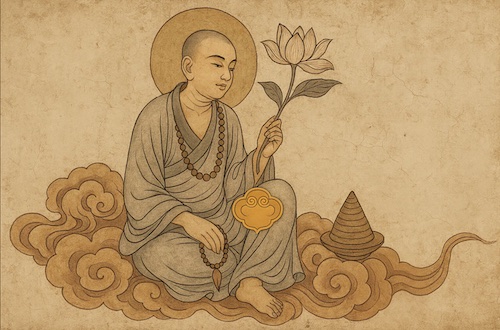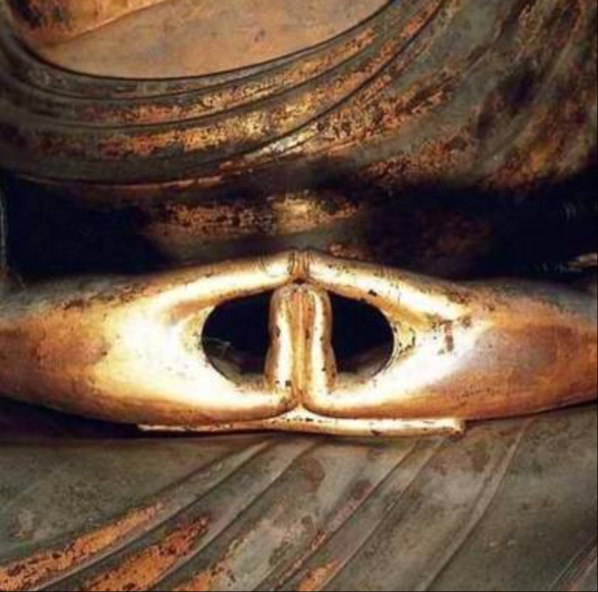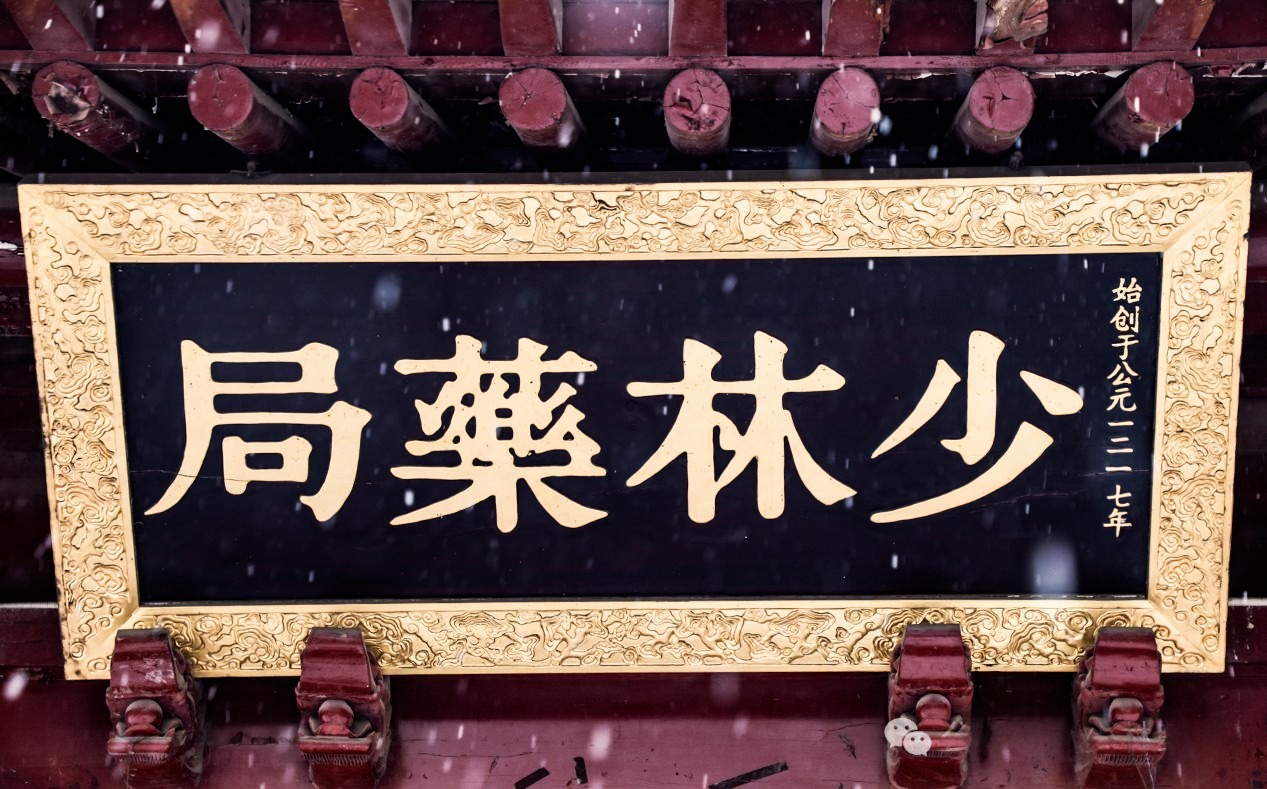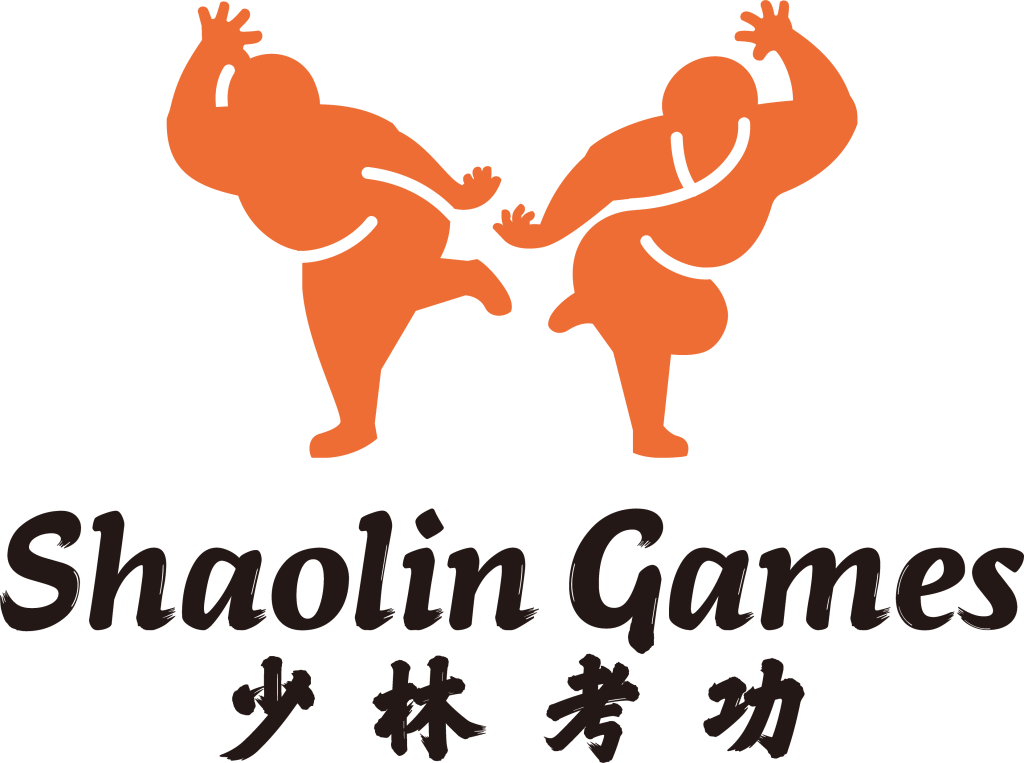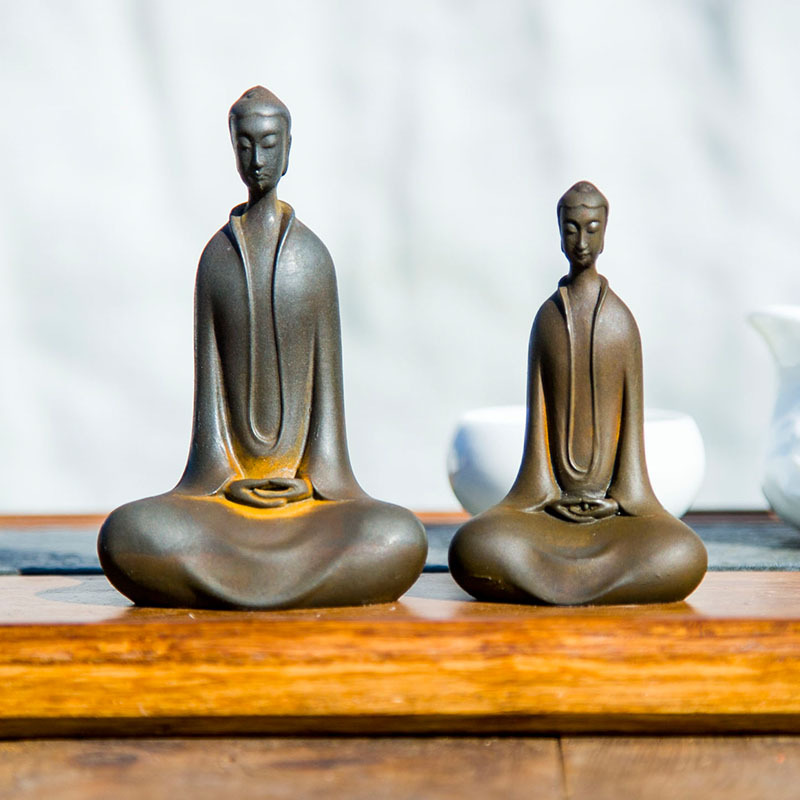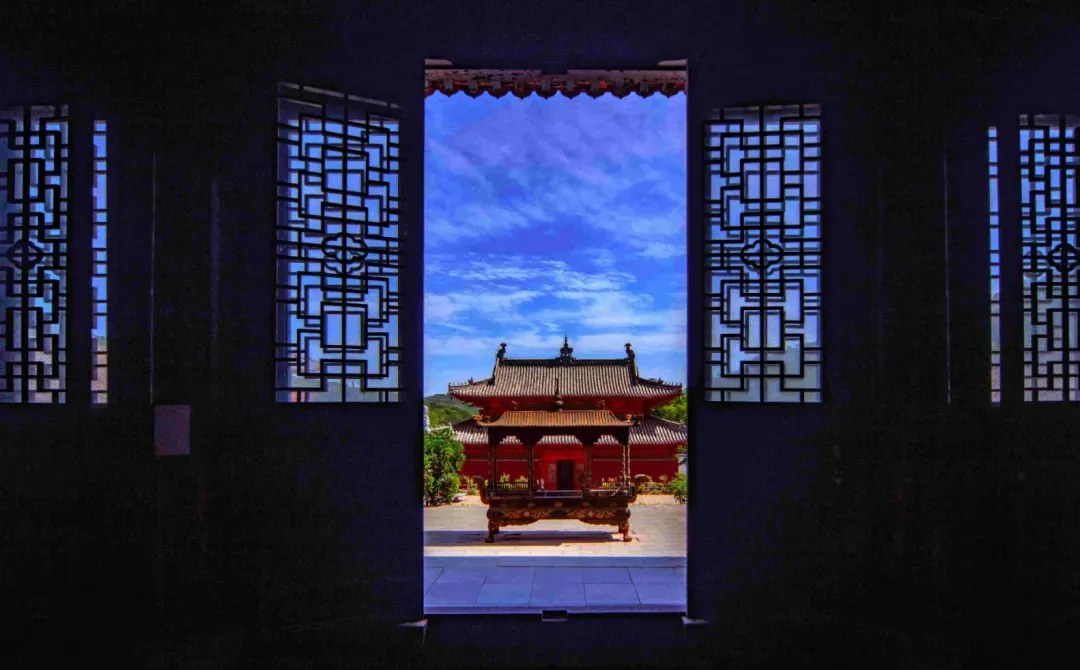-
Shaolin Tea: Ancient Stillness in Every Sip
Explore the time-honored benefits of traditional Shaolin tea for cultivating inner calm, mental clarity, and steady, sustainable energy. Rooted in ancient monastic discipline, this unique tea tradition supports mindfulness, focus, and vitality in daily life. Discover how Shaolin wisdom can help restore balance and resilience…
-
Designing a Shaolin-Style Meditation Space for Inner Peace
“One flower, one world; one whiff of incense, one realm of purity.” The millennia-old Chan tradition of Shaolin Temple teaches that the true sacred space lies not in grand halls but within a quiet corner of the heart. Even a simple meditation cushion and a stick…
-
The Shaolin Monk’s Robe: Design, Symbolism, and Inner Cultivation
“A garment need not be splendid; the heart seeks serenity.”This old saying is often heard in the courtyards and meditation halls of the Shaolin Temple. It is not merely a proverb but a distilled truth about life. From the Northern Wei Dynasty to the present…
-
When is the Best Time to Visit Shaolin?
“A mountain need not be high; it is famous so long as there is a deity on it. A lake need not be deep; it has supernatural power so long as there is a dragon in it.” If you ask me when is the best…
-
Can foreigners join Shaolin for learning or experience?
“As calm as still water, everywhere can be a place for practice.”For thousands of years, Shaolin has not only been a sacred place for martial arts but also a destination for Chan (Zen) meditation and wellness. Outside the mountain gate, the world is in constant…
-
A Complete Guide to the Shaolin Eight-Section Brocade
In the depths of winter, when the world lies still and all things wither, it is the season for nourishment and conservation. As the ancients said, “Train through the coldest days of winter and the hottest days of summer,” reminding practitioners to align with the…
-
Managing Anger with Zen: Emotional Regulation from the Perspective of Shaolin Culture
The wisdom of forbearance in Shaolin Temple is far from the simple endurance as commonly understood by the world. Bodhidharma taught in the Two Entrances and Four Practices: “Those who respond to resentment. When a practitioner endures pain during the cultivation of the Way, he should…
-
What Meditation Brings Us ?
In this fast-paced era, our minds are often troubled by various distractions and afflictions. Meditation, a practice rooted in the ancient wisdom of the East, has gradually become a way for modern people to seek inner peace. It is not merely a form of spiritual…
-
On the Chan Medicine Fasting Therapy of Shaolin Temple
1. Origins Shaolin Temple, located in the Songshan Mountains of Henan, China, has a history spanning over 1,500 years. It is the ancestral seat of Chan (Zen) Buddhism in China and the sacred place where Bodhidharma, the 28th patriarch in the direct lineage of the…
-
Secrets of Chan Medicine | The Origins of Shaolin Medical Tradition
Shaolin Chan Medicine: A Legacy of 1,500 Years Origin and PhilosophyShaolin Chan Medicine, rooted in the Shaolin Temple on Mount Song, emerged from the fusion of ancient Indian and Chinese medical traditions over more than a millennium. This unique healing system integrates Buddhist meditation (Chan),…
-

About Shaolin Temple
Shaolin Temple, founded in 495 CE at the foot of Mount Song in China’s Henan Province, is world-renowned as the birthplace of Chan (Zen) Buddhism and Shaolin martial arts. With over 1,500 years of history, it has served as a sacred center of spiritual practice, philosophical teaching, and…
Copyright © 2025 | All Rights Reserved
